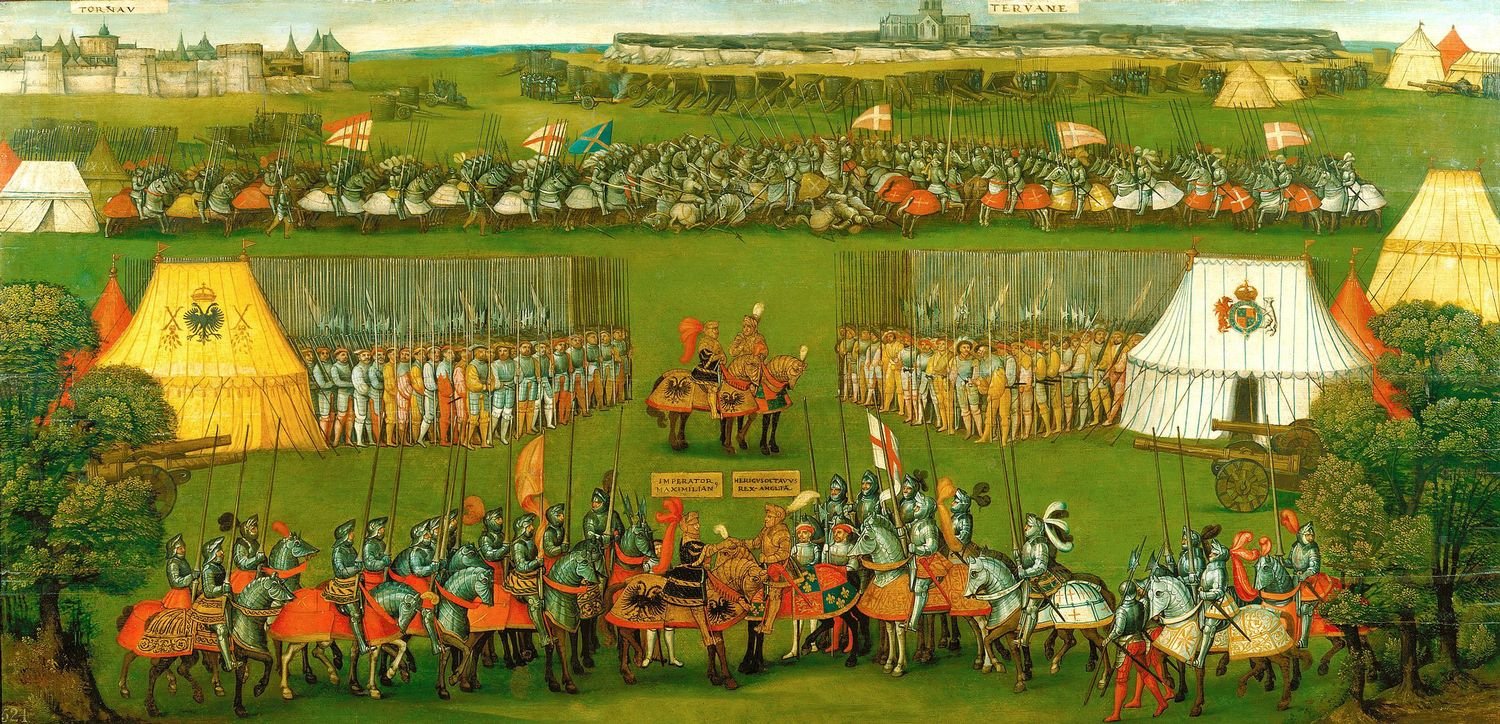
European Armour in the Royal Collection
An introduction to European armour in the Royal Collection.
Caratacus, British Chieftain (34-54)
1684-86RCIN 403325
Caratacus (r.35–54) was a king in Iron Age Britain who became the spearhead of military resistance to Roman invasion. In this painting he is presented as a heroic figure, equipped with gleaming armour. However, according to the classical historian Tacitus, Caratacus and his troops were in fact 'destitute…of the defence of breast-plates or helmets'. De Wet's depiction is thus an exercise in imagination. He combines a seventeenth-century sword and commander's baton with a fantastical helmet and shield, and has failed to divide the cuirass (covering Caratacus' torso) into back- and breast-plate. Rather than attempting historical realism, then, the armour acts largely an iconographic tool, making Caratacus recognisable as a warlord. The letters 'SPQR' on his shield may serve as a reminder of his greatest display of bravery: they stand for the Roman Republic where, as captive, Caratacus' courage elicited the Emperor's admiration.







